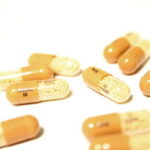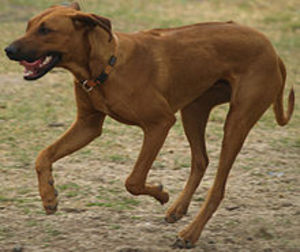Procrastination is something that most students are guilty of. However, sometimes time just gets away from you. If this is the case with you and you now realize that you have a science fair project due in a matter of days then you need to consider 24 hour science fair projects. These projects can be completed in 24 hours or less.
Who Spends More Time in the Bathroom, Boys or Girls?
The first option that you have for 24 hour science fair projects is a project that determines who spends more time in the bathroom, boys or girls. For this science fair project you will need ten girl volunteers and ten boy volunteers. You will also need 20 stop watches and 20 journals.
HYPOTHESIS: Girls spend more time in the bathroom each day then boys.
EXPERIMENT: The experiment set up is pretty simple. You will give each test subject a stop watch and a journal. Every time the test subject uses the bathroom to do what ever, use the toilet, take a shower or look in the mirror, they will activate their stop watch. After they leave the bathroom they will create a journal entry that notes when they used the bathroom and how long they spent in the bathroom.
DATA: The data collection process is also simple. You will be collecting the journals from the test subjects and move the data from the journals into a spread sheet for easier comparisons. The analysis process will involve creating an average time spent per day in the bathroom for boys and an average time spent per day in the bathroom for girls. You will then determine who spends more time. You can also use statistical analysis tools to determine if there is a statistically significant difference between the times.
Where Does Bacteria Grow the Fastest?
The second option that you have for a 24 hour science fair project is to determine where bacteria grow the fastest. For this experiment you will need several Petrie dishes, a bacteria culture and several different test surfaces. You will be able to complete the experiment in 24 hours or less.
HYPOTHESIS: Bacteria grow fastest on porous surfaces.
EXPERIMENT: To test this hypothesis you will need to set up bacteria cultures on a porous and a non-porous surface. You will cover these tests and let them sit for a day. The next day you will make observations about each bacteria culture.
DATA: The data that you collect will be related to the changes in the size of the bacteria cultures that you grew. You will want to measure the size of the culture and you will also want to observe the cultures under a microscope to see how dense the culture grew. Your analysis of the data will be a comparison of the size of the bacteria cultures and the density of the cultures.



